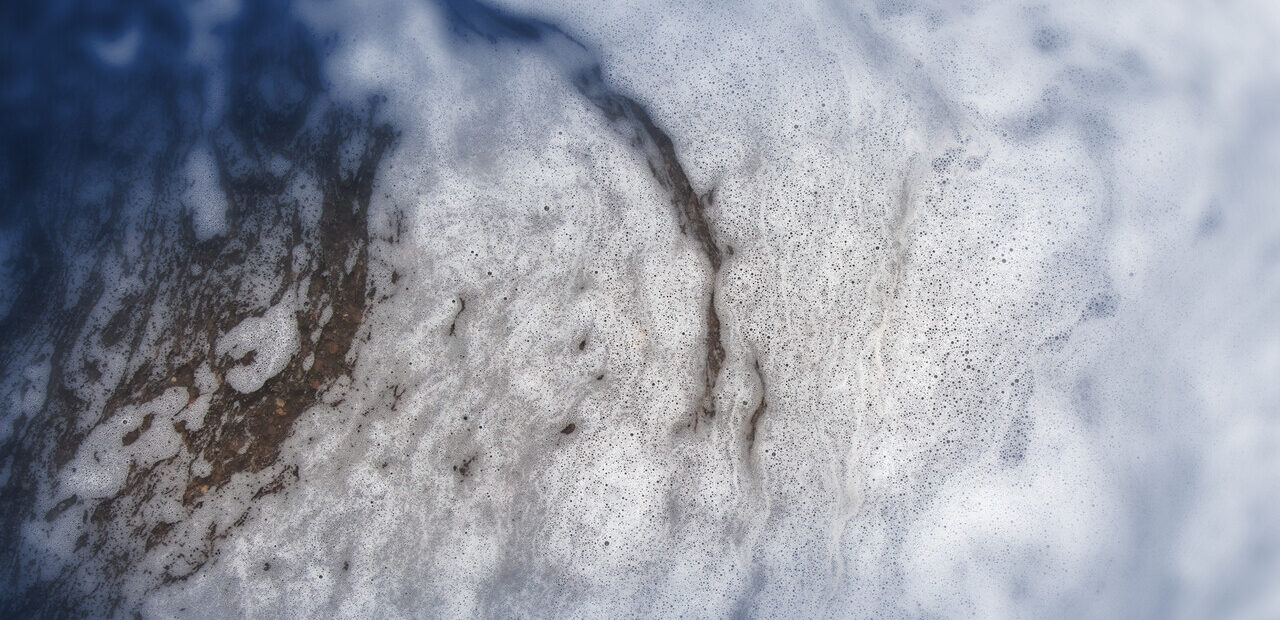The Aqueous Film-Forming Foam (AFFF) litigation is ongoing in the U.S. District Court of South Carolina before Judge Richard Gergel. The first round of bellwethers involves plaintiffs exposed to AFFF at specific military bases in Colorado and Pennsylvania. These plaintiffs were diagnosed with conditions such as kidney cancer, testicular cancer, hypothyroidism/thyroid disease, and ulcerative colitis. Discovery for these bellwethers will conclude around June 2024, with the first trial likely in 2025.
The court will also host a Science Day in the coming months to address other personal injury claims related to the MDL (Multi District Litigation). Currently, approximately 6,600 cases are pending in the MDL. Plaintiffs have filed lawsuits alleging various injuries, including prostate cancer, pancreatic cancer, skin cancer, various blood cancers, and fertility issues. This litigation is unique because the scientific link between PFAS and various illnesses is still evolving. Additionally, there are differing views on how plaintiffs can prove exposure to AFFF.
What is AFFF?
- It is designed to extinguish fires caused by flammable liquids.
- Firefighters use AFFF in various scenarios, including firefighting training facilities, vehicles, ships, shore facilities, and military installations.
How AFFF Works
- Fire Suppression: AFFF’s primary role is to suppress fires. It achieves this through two mechanisms:
- Cooling: By cooling the fire, AFFF reduces the temperature and prevents re-ignition.
- Film Formation: AFFF creates a protective film over the fuel, preventing oxygen from reaching it. This film effectively smothers the fire.
- Composition:
- AFFF contains water and other chemical components.
- Key components include ethylene and propylene glycol, which extend the foam’s life.
- The foam comes in a concentrate mixed with water, available in three percent and six percent formulas.
Role of PFAS
- Per- and polyfluoroalkyl substances (PFAS) are crucial for AFFF’s effectiveness.
- PFAS chemicals create the foam’s film and enhance its fire-suppressing properties.
- Common PFAS found in AFFF include perfluorooctane sulfonate (PFOS) and perfluorooctanoic acid (PFOA).
Health and Environmental Risks:
- Toxic Chemicals: AFFF can be harmful, especially if it has PFOS and PFOA in it. These human-made compounds do not occur naturally in the environment.
- Dangers of Being Exposed for a Long Time: Even though most people have a little bit of PFAS in their blood, being around it too much can make you sick, including getting cancer.
- What Research Says: Tests have found that PFOS and PFOA can make animals sick.
- Cancer Connection: The group that studies cancer worldwide, called IARC, says PFOA might cause cancer in people, calling it a “2B carcinogen.”




